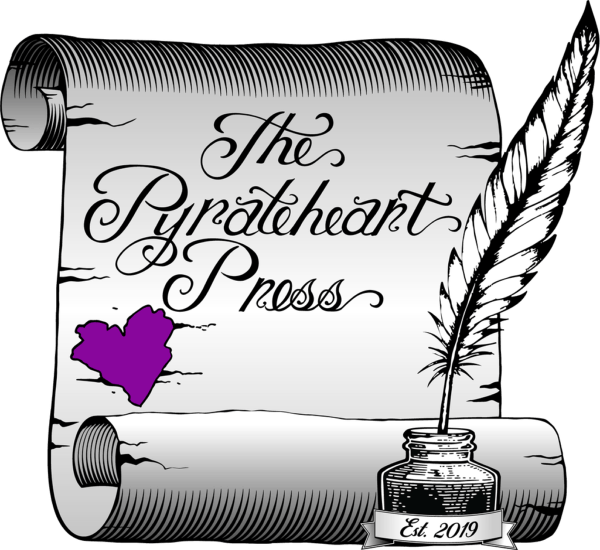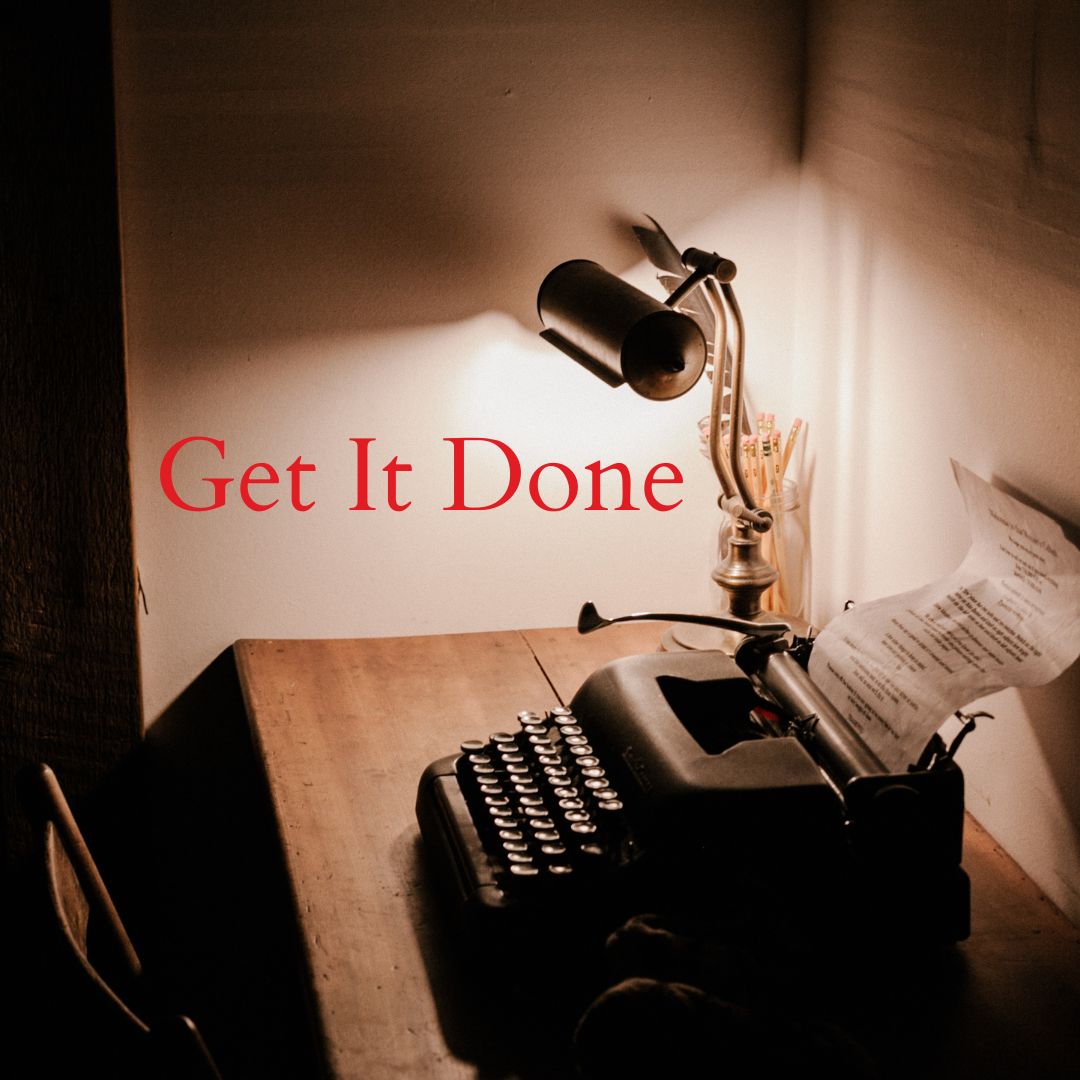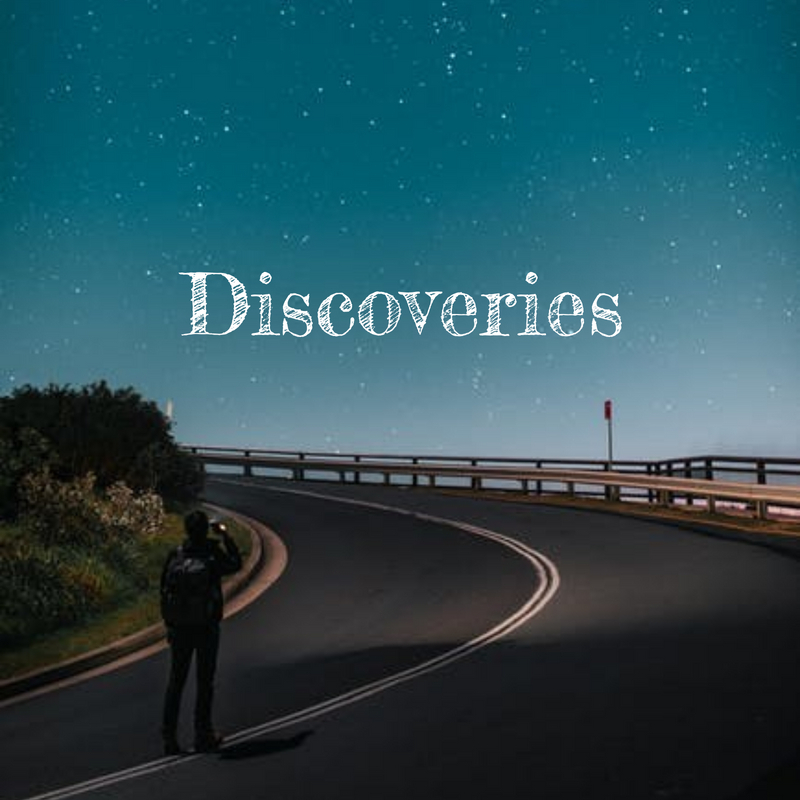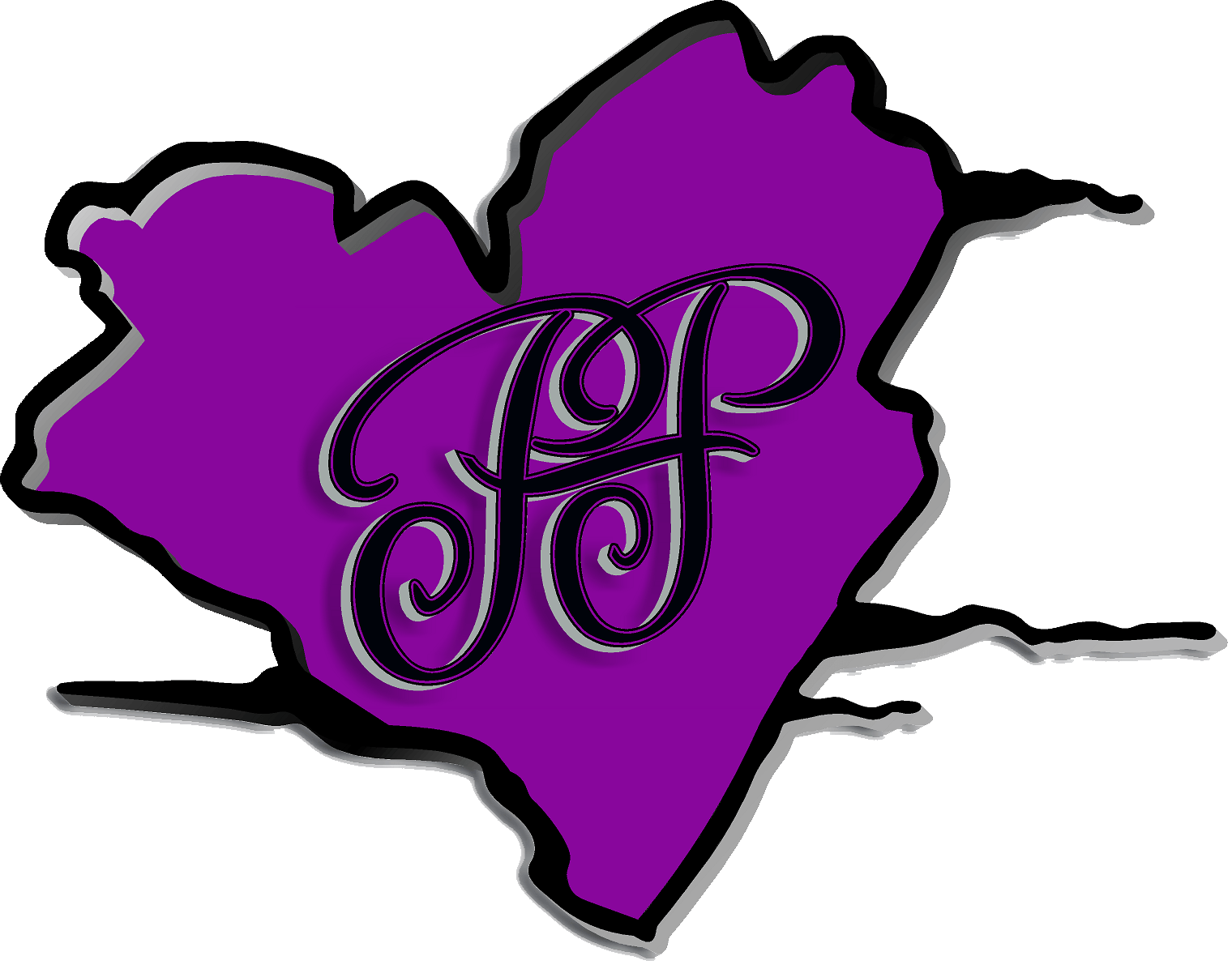Blog Layout
Narrative and Narration
R. Ross Whalen • Jun 17, 2021

My last two points I want to discuss in story development is point of view and narrative. Let’s tackle narrative first.
In The Peggy’s, the narrative is termed a linear narrative. It has a beginning, a middle and an end which flow in order from the beginning to the end. The story progresses as the events happen. This is not the same as point of view which is another aspect of narrative. This story flows with the movement of time itself. It doesn’t always keep the same point of view, but the narrative follows a linear path.
There are many types of narratives. At least there is once you begin to research what is considered narratives and their types. It will melt your mind but all things in writing at one point or another causes the brain to rebel and self-destruct. I personally think some people just have to make things complicated.
Anyways, to borrow from Wikipedia, here is their list of narrative forms and formats:
• Autobiography – a detailed description or account of the storyteller's own life.
• Biography – a detailed description or account of someone's life.
• Captivity narrative – a story in which the protagonist is captured and describes their experience with the culture of their captors.
• Epic – a very long narrative poem, often written about a hero or heroine and their exploits.
• Epic poem – a lengthy story of heroic exploits in the form of a poem.
• Essay - a short literary composition that reflects the author's outlook or point
• Fable – a didactic story, often using animal characters who behave like people.
• Fantasy – a story about characters that may not be realistic and about events that could not really happen.
• Flash fiction – a fictional work of extreme brevity that still offers character and plot development.
• Folk tale – an old story which has been passed down orally and which reveals the customs of a culture.
• Historical fiction – stories which take place in real historical settings, and which often feature real historical figures and events, but which center on fictional characters or events.
• Legend – a story that is based on fact but often includes exaggerations about the hero (e.g. the East African legend of Fumo Liyongo in the coast of Kenya).
• Memoir – similar to an autobiography, except that memoirs generally deal with specific events in the life of the author.
• Myth – an ancient story often meant to explain the mysteries of life or nature.
• News – information on current events which is presented by print, broadcast, Internet, or word of mouth to a third party or mass audience.
• Nonlinear narrative – a story whose plot does not conform to conventional chronology, causality, and/or perspective.
• Novel – a long, written narrative, normally in prose, which describes fictional characters and events, usually in the form of a sequential story.
• Novella – a written, fictional, prose narrative normally longer than a short story but shorter than a novel.
• Parable – a succinct, didactic story, in prose or verse, which illustrates one or more instructive lessons or principles.
• Play – a story that is told mostly through dialogue and is meant to be performed on stage.
• Poem - a form of literature that uses aesthetic and often rhythmic qualities of language—such as phonesthetics, sound symbolism, and meter—to evoke meaning
• Quest narrative – a story in which the characters must achieve a goal. This includes some illness narratives.
• Realistic fiction – stories which portray fictional characters, settings, and events that could exist in real life.
• Screenplay – a story that is told through dialogue and character action that is meant to be performed for a motion picture and exhibited on a screen.
• Short story – a brief story that usually focuses on one character and one event.
• Tall tale – a humorous story that tells about impossible happenings, exaggerating the hero's accomplishments.
These can be found at: List of narrative forms - Wikipedia
Most of what we do here at The Pyrateheart Press falls into two categories of narratives:
1. Linear
2. Non-linear
They are pretty self-explanatory. Narrative is how you connect the elements of your story together. Most of us chose to tell our stories in a linear fashion. One event following another in time. Some of us will use flashbacks, such as those used in Nunya and The Rescue of Rhonda, which is a non-linear method to tell a story.
What type of narrative you use is up to you. I have used many of those listed above. Yet, in the end, I always come back to connecting the elements of my story in either a linear or non-linear fashion. As you expect, I like to keep things simple. As in K.I.S.S. Keep it simple – stupid.
One you have completed your first draft or ended your free writing session and left it be, look at it with different eyes. Look at it, don’t read it. Look and see if your story truly follows a linear or non-linear path. Once you decide which works best for your story then use it. Don’t waffle. Don’t hint at which is the one you wish to use. Dive in until your head is under the water in the deep end. Commit to the narrative style you want and let the story flow.
You have a narrative style now that you want your story to follow. Now all you need to do is decide how it will be narrated. Narration and narrative are often confused. Narrative is how the story’s pieces are connected; narration is how the story is told.
Most stories are either told in the first person or third person. Now, as you can guess, there are literally millions of words written about the point of view a person chooses to narrate their story from. Wikipedia has boiled them down pretty well for those of us who follow the K.I.S.S.
I leave the research up to you. Start here: Narration - Wikipedia. For most of the books we publish or edit, the narration, or point of view a story is told in boils down to first person or third person or a combination of both. One of those books I adore for the writing as well as the story is The Book Thief. It is narrated by Death himself.
Read The Book Thief. It is as much a testimony to the skills of the author’s writing abilities as it is to the telling of a rich complicated story. I look at this story as a must read for story writers. Let me repeat that. It is a must read. Read it as a reader first and enjoy the story then read it as a writer, as an editor. Let your eyes take in the skills used to tell the story.
What style of narration you choose is often something you don’t truly decide. When you write a story, you write it. You aren’t thinking about such things as point of view and how each style of narration brings something unique to the way a story is told. To the way a story develops.
Listen to the way your story is told. Would it be better told in a classic narration style such as third person omniscient? Don’t know what that is? Research it, then research it some more.
I look at stories and books and ask myself what pronouns work best for the way the story is told. The way you use the pronouns ultimately decide what narration style you use. Which ones are you more comfortable with?
When you decide to develop a story after you have written one all you have to do is ask questions. Questions will lead to more questions than answers, but you will learn more about your craft asking questions. A discovery you want to lead them by their brains from one scene to the next.
How you lead them and how you tell your story is up to you. Never be afraid to tell your story from different points of view or different narratives. You never know, you might like it.
I’m Ross, The Editor-in-Chief at The Pyrateheart Press and I’m out.





